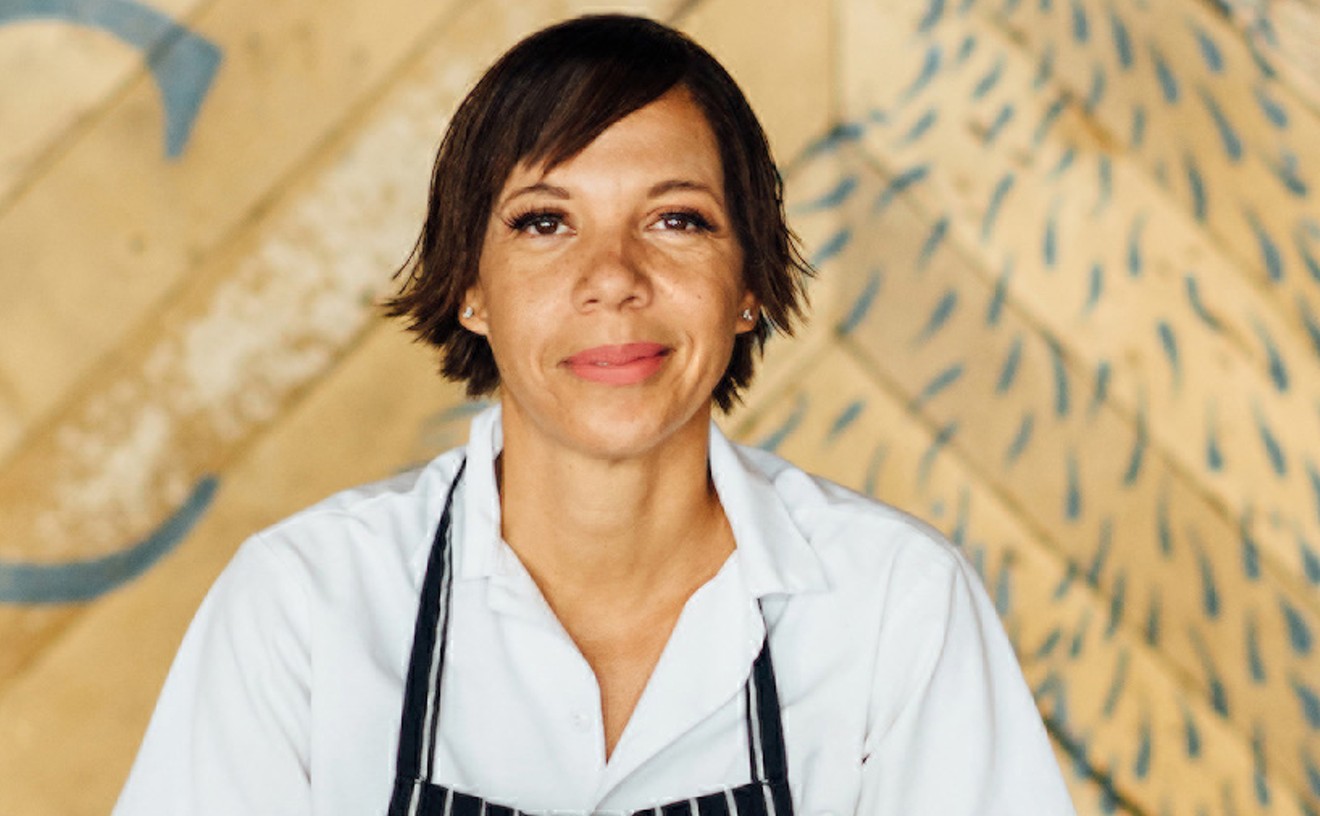If you're reading this blog post, you probably like wine. But however well versed you think you are, we highly doubt you have the knowledge of a master sommelier. There are only 129 in North America. Well, whether you are a wino or a wine connoisseur, Delta's Taste Wine Like a Master Sommelier at the James Royal Palm Hotel taught wine enthusiasts how to properly conduct a blind tasting. And no, the process does not just entail getting ridiculously drunk.
According to Eric Hemer, master sommelier for Southern Wine & Spirits, "There are two types of winetastings, open or double blind. I recommend starting with a theme tasting: Old-World versus New; cool climate, unoaked whites versus oaked, warm climate whites, etc. Do it blind, review the labels, and talk about the similarities and differences. Get four, five, or six people together. It's really a good lesson. You'll learn a lot from each other."
Step 1: Sight
Hold a flight of wine -- not a whole glass -- over a white tablecloth. Is it brilliant or dull? If it's red, can you see your fingers through the wine? If yes, the wine is from a thin-skinned grape. If no, the wine if from a sturdier varietal. Is there a variation between the rim and the rest of the wine? This can further hone in on the varietal and the age. If it's white, what color is it? Clear, green, yellow, straw? Swirl the wine in the glass. Are legs or tears present? If the wine is slow to fall, it it has high viscosity -- an indicator of higher alcohol content, which usually means the wine hails from a warmer climate. Master sommeliers use each of these visual clues to narrow down the varietal and climate of the wine being sampled.
Step 2: Aroma and Flavor
According to Delta Airlines' master sommelier Andrea Robinson, "The nose is the most important aspect of tasting. Smell accounts for 85 percent of taste." The first step is to look for musty or oxidative characteristics. Then fruit: Are you picking up on crisp apples, acidic citrus, ripe stone fruit in whites? In the red, are you getting cherries, berries, or cassis? Look for hints of oak. Are you getting spices, herbs, or vanilla? Make sure to evaluate the predominant notes. If the notes are primarily fruit, you're probably dealing with a New-World wine. If you're getting more earth or mineral notes, you'll want to look to the Old World -- i.e., Europe. Swirl and taste the wine. Make sure the flavor matches the aroma. You might pick up some new notes on the palate.
Step 3: Structure
The structure of the wine relates to the way it feels in your mouth. Swirl the wine. Is it fully coating your mouth? This could clue you in to tannins or alcohol content. Do you feel an acidic bite under your tongue? This could display the varietal or the region. Wine from cold climates are generally higher in acid. Do you feel the sugars on the tip of your tongue? This will help you determine whether the wine is actually sweet or just fruit forward. After you spit or swallow, pay attention to the finish. Again, another clue for tannins and alcohol content.
Step 4: Evaluate Your Initial and Final Conclusion
Use the aforementioned steps to narrow down the climate. Are you picking up on the fruit and alcohol from a warm climate? Think about the style. Is the wine mineral and acidic? You might want to think about Old-World wines. Master sommeliers use those clues to figure out the varietal, country of origin, and vintage.
The point of conducting a tasting is to have fun and learn, not get intimidated. Even the masters get it wrong from time to time. Seriously, we've seen it happen.
Follow Short Order on Facebook, on Twitter @Short_Order, and Instagram @ShortOrder.










